Do You Chew Ice? You May Be Anemic, and This May Present a Serious Risk to Your Health
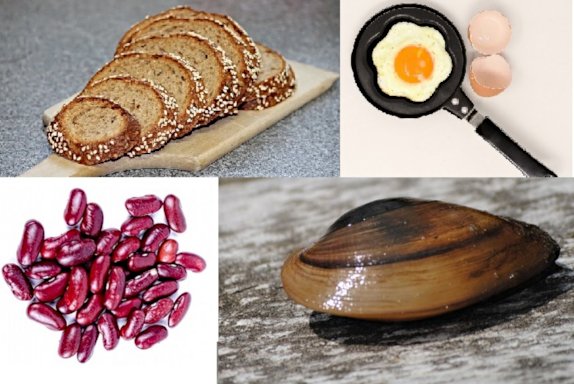
Eating iron-rich foods is one way for many people to avoid being anemic. There are two types of food which may be sources of iron. Food derived from plants is a source of nonheme iron. Food derived from animals is a source of heme iron.
Heme iron is more easily absorbed by the body. In the picture above, the whole wheat bread and kidney beans are sources of nonheme iron. The clam and egg are sources of heme iron. A more complete list of iron-rich foods may be found at the Cleveland Clinic site: Iron-rich Foods and Anemia

Ice
If you crave ice, maybe you should see your doctor, because chewing ice can be a symptom of anemia. According to the Mayo Clinic, pagophagia (ice-chewing) is often associated with iron deficiency, with or without anemia. I learned this the hard way.

felix_w on Pixabay*

There was a time when my freezer couldn't keep up with my appetite for ice cubes. I took to buying Slurpies (an ice drink) from 7-Eleven. My craving for ice was truly insatiable. It wasn't until I went in for emergency surgery that my significant anemia was revealed. Surgery had to be postponed for 24 hours because I needed a blood transfusion.

Paulbr75 on Pixabay
Adverse Outcomes for Patients with Anemia
A 2020 article in Lancet explains that preoperative anemia in a patient facing elective surgery, "is associated with poor outcomes." The importance of addressing anemia in the pre-surgical patient is highlighted in another article, this one published by SABM, the Society for the Advancement of Blood Management. According to SABM, anemia increases the risk of "morbidity and mortality" in the surgical patient.
Defining Anemia
There does not seem to be unanimity in the cut-off points for anemia in different sources. The Mayo Clinic cites a 'normal' range of hemoglobin concentrations at 13.5 to 17.5 grams g/dL for men and 12.0 to 15.5 g/dL for women.
The Pallor of Anemia, on the left (Hand with the Ring)
Image credit:James Heilman, MD. Used under CC 3.0 license.
The journal Lancet describes anemia as hemoglobin concentrations at "130 g/L for men and 120 g/L for women". These values are the equivalent of 13-14.2 g/dL fo men and 11.6-12.3 g/dL for women. While the upper ranges of normal differ between Lancet and the Mayo Clinic, the lower ranges are pretty close, so the cut-off for anemia would not vary significantly.

Transfusions Are Not the Solution
An article published in the journal Surgery asserts that "an overwhelming amount of evidence suggests that perioperative (time around surgery) blood transfusion can be associated with adverse surgical outcomes". A curious finding in this article is that patients who were at low-risk for transfusion complications had a ten-fold increase in adverse post-operative outcomes if they received transfusions within 72-hours of the operation. However, patients who were assessed to be at high risk, did not see their post-operative outcomes increase after transfusion.
Hazen Sise & Dr Norman Bethune with the Canadian Blood Transfusion Ambulance, 1938
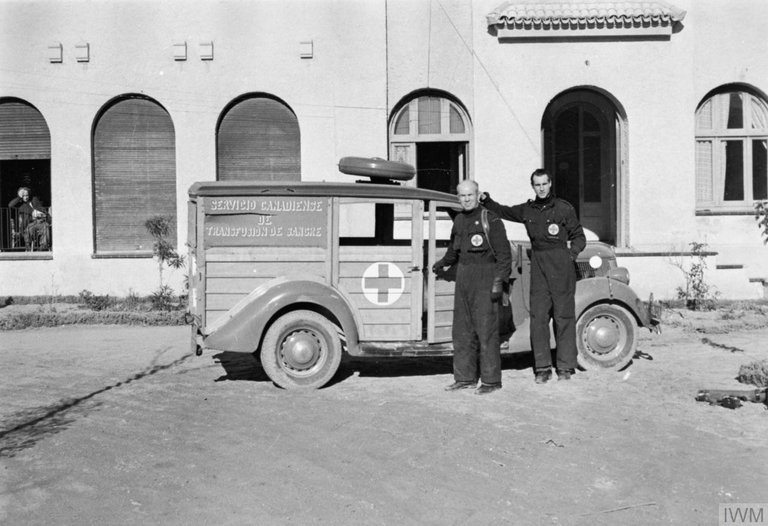
Image credit: Imperial War Museum. Used under CC 4.0 license
Multiple sources suggest that the decision to transfuse an anemic patient before surgery cannot be based on one fact alone. If there is not enough time (as would be the case in an emergency) to raise iron levels gradually before surgery, doctors have to consider several factors before deciding whether or not to transfuse.
Thermometer Indicating Fever
Image credit: Menchi. Used under CC 4.0 license
Guidance issued by the JPAC (Joint United Kingdom (UK) Blood Transfusion and Tissue Transplantation Services Professional Advisory Committee) states: "Clinical factors, as well as the degree of anaemia, must always be considered when making the decision to transfuse."
Returning to my particular case as an example: there was an underlying condition which caused the doctor to refer me for surgery. There were complicating factors. Anemia was just one of them. This likely raised the likelihood that I would receive a transfusion.
Fortunately I seem to have come out of the surgery and the transfusion without complication. This incident occurred more that thirty years ago. Not everyone has the same good outcome.

Some adverse events associated with transfusions, according to the Royal Children's Hospital in Melbourne:
*Fever and chills
*Mild allergic reaction (occurs in about 1%)
*Severe allergic reaction (anaphylaxis)
*Acute haemolytic reactions (usually caused by transfusing incompatible blood types)
*Bacterial contamination
*Transfusion related acute lung injury (usually occurs 2 to 8 hours later)
*Hypothermia
*Citrate toxicity
*Delayed haemolysis (patient develops antibodies to red blood cells)
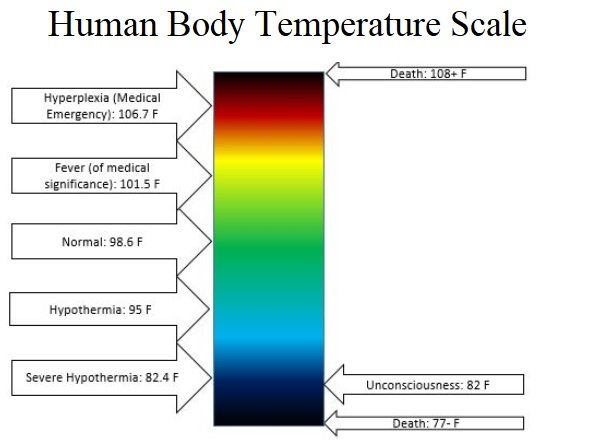
Image credit:Foxtrot620. CC license 4.0
Although I did not have an adverse outcome from the transfusion, there was a moment of panic from the medical staff as my first bag of blood was initiated. Hives started to appear here and there, quite consistently. The nurse assumed I had an allergic reaction to the blood. She changed the bag. More hives. It then occurred to her that I was also receiving intravenous antibiotics--an antibiotic to which I had a known allergy. Oops!! She switched antibiotics and after that there were no problems with my infusions. (In U.S. hospitals, medication errors number about 1 out of every 854 inpatient deaths.)
Avoiding Blood Transfusions
An article published in Hospital Healthcare Europe discusses the desirability of limiting transfusions and at the same time acknowledges the necessity of using transfusions in certain circumstances. Besides the cutoff thresholds for assessing anemia and the importance of considering the overall clinical picture, there's the issue of blood dilution caused by fluid infusion.
If medical staff assesses hemoglobin concentration, that concentration may be artificially reduced if large amounts of fluids are introduced intravenously. This is often the case during surgery. A physician interprets the artificially low hemoglobin concentration as anemia and needlessly transfuses, thus complicating the recovery outlook for the patient.
Red Blood Cells Pictured in Three Different States
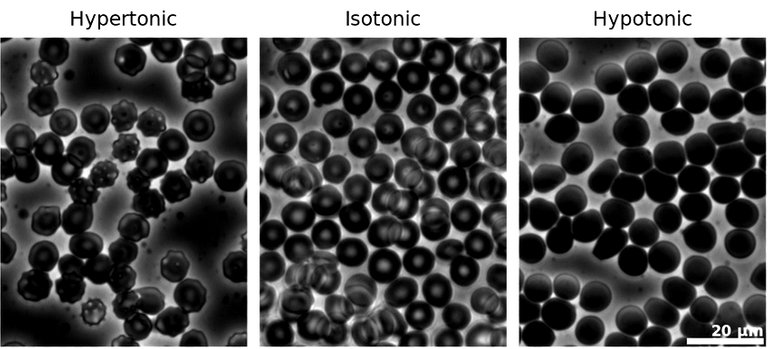
Image credit: Zephyris. CC license 3.0 An excerpt from the caption under this: "Three conditions are shown: hypertonic..., isotonic (...appear normal), and hypotonic..."

Procedures to Avoid Transfusion During and After Surgery
There are four established procedures that may allow a surgeon to avoid instituting a transfusion:
Here's a YouTube video showing the process of autologous blood collection:
An Iron Supplement Marketed in the Nineteenth Century
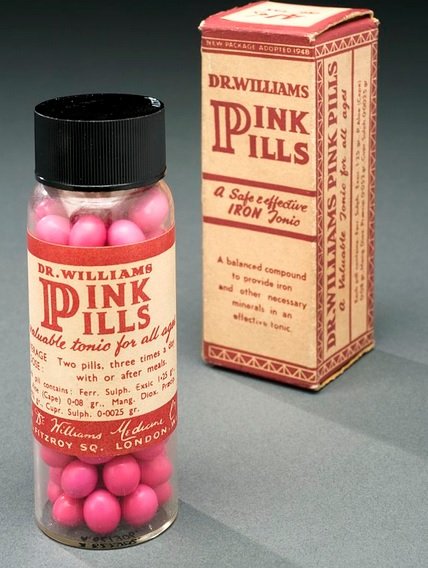
Conclusion
I began this post by asking if you like to chew ice. And then I asserted that if you do, perhaps you should be checked for anemia. Anemia is a condition many of us don't take seriously. I certainly did not at one time. Even some doctors tend to be casual about moderate anemia. I write this blog in the hope that some readers might pay more attention to this quite common condition. Common especially in women and the elderly.
Being anemic can be very consequential. Besides presenting a risk during surgery, there are other effects of anemia I have not addressed here. It can damage your organs, can cloud your thinking. and can actually shorten your life. If you are one of the fortunate whose anemia is not caused by a pathology, do yourself a favor and try to improve your status.

1.https://my.clevelandclinic.org/health/diseases/14621-iron-rich-foods-and-anemia
2.https://www.sciencedirect.com/science/article/abs/pii/S0039606015003268
3.https://www.sabm.org/wp-content/uploads/2018/08/Anemia-in-the-Pre-Surgical-Patient.pdf
4.https://www.sciencedirect.com/topics/medicine-and-dentistry/hemodilution
5.https://sabm.org/
6.https://www.ncbi.nlm.nih.gov/pmc/articles/PMC7169263/
7.https://pubmed.ncbi.nlm.nih.gov/26032824/
8.https://professionaleducation.blood.ca/en/transfusion/publications/transfusion-related-acute-lung-injury-trali
9.https://www.beaconhealthsystem.org/library/faqs/craving-and-chewing-ice-a-sign-of-anemia/
10.https://oklahoman.com/article/2926087/chewing-ice-could-be-sign-of-iron-deficiency-anemia
11.https://www.transfusionguidelines.org/transfusion-handbook/7-effective-transfusion-in-surgery-and-critical-care/7-1-transfusion-in-surgery
12.https://www.ncbi.nlm.nih.gov/books/NBK225187/
13.https://bmcmedicine.biomedcentral.com/articles/10.1186/s12916-014-0229-8
14.https://www.uptodate.com/contents/surgical-blood-conservation-preoperative-autologous-blood-donation
15.https://pubmed.ncbi.nlm.nih.gov/19181341/
16.https://www.beaconhealthsystem.org/library/faqs/craving-and-chewing-ice-a-sign-of-anemia/
17.https://www.thelancet.com/journals/lancet/article/PIIS0140-6736(20)31539-7/fulltext
18.https://www.mayoclinic.org/tests-procedures/hemoglobin-test/about/pac-20385075
19.https://www.dynamed.com/approach-to/anemia-in-adults-approach-to-the-patient
20.https://www.rch.org.au/bloodtrans/adverse_effects/Adverse_effects_of_transfusion/
21.https://hospitalhealthcare.com/latest-issue-2017/haemodilution-and-avoidable-blood-transfusions/
22.https://academic.oup.com/bjaed/article/6/5/192/337094
23.https://pubmed.ncbi.nlm.nih.gov/10172465/
24.https://www.uptodate.com/contents/surgical-blood-conservation-acute-normovolemic-hemodilution
25.https://pubs.asahq.org/anesthesiology/article/97/2/367/40182/Intraoperative-Low-volume-Acute-Normovolemic
26.https://www.ncbi.nlm.nih.gov/pmc/articles/PMC7225706/
27.https://www.surgeryencyclopedia.com/A-Ce/Blood-Salvage.html
28.https://my.clevelandclinic.org/health/articles/14568-oral-iron-supplementation
29.https://systematicreviewsjournal.biomedcentral.com/articles/10.1186/s13643-021-01579-8
30.https://my.clevelandclinic.org/health/diseases/3929-anemia
31.https://www.cedars-sinai.org/health-library/diseases-and-conditions/a/overview-of-anemia.html
32.https://www.hopkinsmedicine.org/Press_releases/2006/09_13_06.html
33.https://www.lifeexpectancy.org/articles/anemia.pdf
34.https://emedicine.medscape.com/article/198475-overview
Illustration at the top of the blog a collection of Pixabay Pictures:
kidney beans
whole wheat bread
eggs
clams

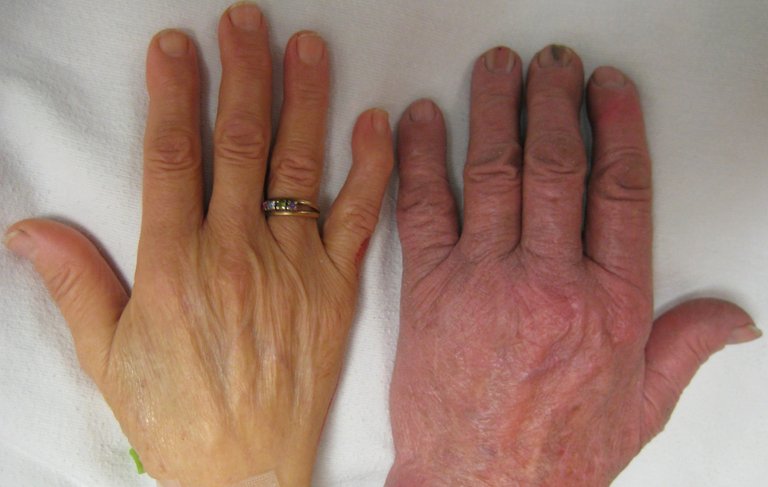
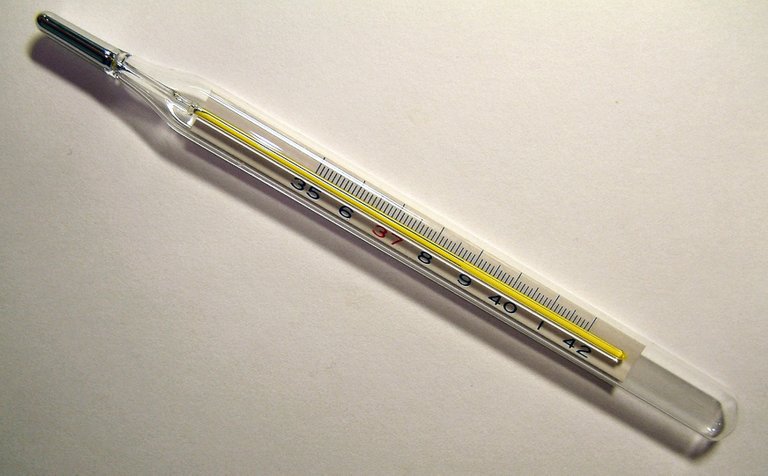

!discovery 35
Hello @phage93. Thank you very much!!
feel free to use our tag when making scientific posts, are always very interesting to read!
Thank you! I will :)
This post was shared and voted inside the discord by the curators team of discovery-it
Join our community! hive-193212
Discovery-it is also a Witness, vote for us here
Delegate to us for passive income. Check our 80% fee-back Program
Thank you @discovery-it. I am very grateful!
https://twitter.com/A_G_Moore/status/1364675744924921856
This is quite as always. I just learnt a couple of new stuff and this is one of the reasons I love reading your blog (might not have time to comment always but I do read every piece). I don't have any experience relating to anemia but have ptsd from a terrible experience relating to blood transfusion. A colleague's wife was transfused with the wrong blood and she was lost in no time. Months later, my wife gave birth in the same hospital as she needed blood. You can imagine my horror. Anyway, I donated blood and everything went well.
Thanks for always educating us in an interesting way.
Hello @gentleshaid,
What a tragic story that is! I understand your concern about your wife and am very, very happy she and child are safely at home. I have a principle when I go to a doctor/hospital/etc: no matter how much the provider may care, it is the patient who suffers the consequences when something goes wrong. So patients should be informed and assert themselves.
I thank you for reading my long blog and for your kind assessment. As you likely know, I am not a scientist. I ask questions that "ordinary" people might ask (because I'm ordinary!) and then try to find the answers in practical, everyday terms. And I'm never satisfied with the first answer, but check it over and over again. I always hope the blog will have a kernel of information that someone will find helpful. It's great to hear you found helpful information here.
Enjoy your new baby, your whole family. They are the beginning and end of what is important in your life.
Be well.
Regards,
AG
Thanks for your contribution to the STEMsocial community. Feel free to join us on discord to get to know the rest of us!
Please consider supporting our funding proposal, approving our witness (@stem.witness) or delegating to the @stemsocial account (for some ROI).
Thanks for including @stemsocial as a beneficiary, which gives you stronger support. Using the STEMsocial app could yield even more supporti next time.
Thank you very, very much STEMsocial.
Congratulations @agmoore! You have completed the following achievement on the Hive blockchain and have been rewarded with new badge(s) :
Your next target is to reach 50000 upvotes.
You can view your badges on your board and compare yourself to others in the Ranking
If you no longer want to receive notifications, reply to this comment with the word
STOPCheck out the last post from @hivebuzz:
Thank you @hivebuzz . 50000 upvotes: my goal :)
You're welcome @agmoore! Keep going like that, you'll reach it soon 😉👍
BTW, support us back and vote for our witness.
You will get one more badge and bigger upvotes from us when we notify you.
So we can relate ice craving to anemia. It is an interesting fact. That is why my mom consumes too much ice candy when she has an anemia before. Now,, that make sense. Thanks for sharing this @agmoore.
Thank you! Tell your mom, and make sure she gets her iron levels checked ;) Older people are at special risk.
Thanks for stopping by and commenting so positively.
Appreciate the concern @agmoore. She is not anemic anymore. We make sure he take her iron. I agree older people is prone to it. !wine
Congratulations, @juecoree You Successfully Shared 0.100 WINE With @agmoore.
You Earned 0.100 WINE As Curation Reward.
You Utilized 1/1 Successful Calls.
Total Purchase : 20548.377 WINE & Last Price : 0.290 HIVE
HURRY UP & GET YOUR SPOT IN WINE INITIAL TOKEN OFFERING -ITO-
WINE Current Market Price : 1.200 HIVE